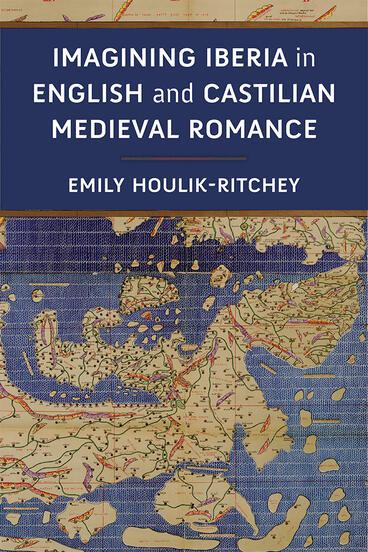Imagining Iberia in English and Castilian Medieval Romance
An innovative comparative study of Middle English and medieval Castilian romance
Description
Imagining Iberia in English and Castilian Medieval Romance offers a broad disciplinary, linguistic, and national focus by analyzing the literary depiction of Iberia in two European vernaculars that have rarely been studied together. Emily Houlik-Ritchey employs an innovative comparative methodology that integrates the understudied Castilian literary tradition with English literature. Intentionally departing from the standard “influence and transmission” approach, Imagining Iberia challenges that standard discourse with modes drawn from Neighbor Theory to reveal and navigate the relationships among three selected medieval romance traditions. This welcome volume uncovers an overemphasis in prior scholarship on the relevance of “crusading” agendas in medieval romance, and highlights the shared investments of Christians and Muslims in Iberia’s political, creedal, cultural, and mercantile networks in the Mediterranean world.
Emily Houlik-Ritchey is Assistant Professor of English at Rice University.
Reviews
“This book offers a fascinating and very timely investigation of the relationship between Middle English and Castilian romance traditions in the later Middle Ages. A consideration of English romance alongside the romance of Iberia has been missing, and Imagining Iberia makes us aware of this lack and promises to reorient how we view the international engagements of medieval English literature.”
—Heather Blurton, University of California, Santa Barbara
- Heather Blurton
“Imagining Iberia offers a new and valuable approach to reading neighboring texts in different languages and with diverse backgrounds. We medievalists have been expressing a desire to expand beyond the boundaries that previous generations of medievalists have built. Houlik-Ritchey’s book provides us with an alternative approach.”
—Miriamne Krummel, University of Dayton
- Miriamne Krummel

